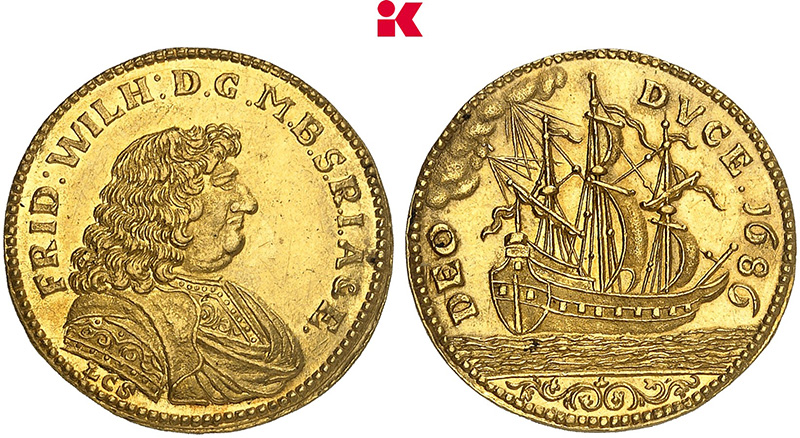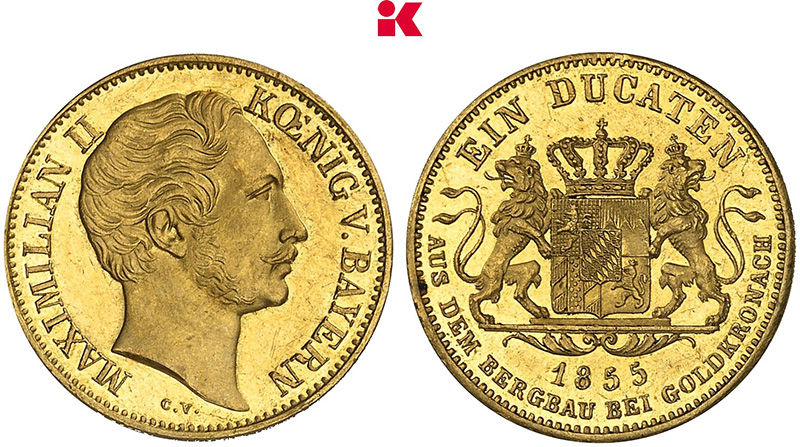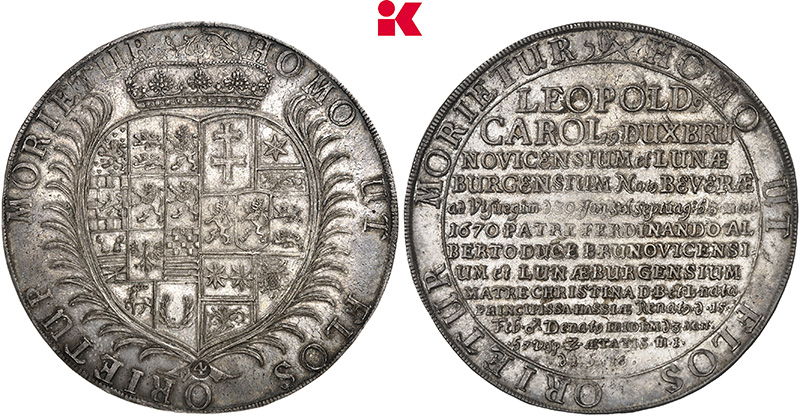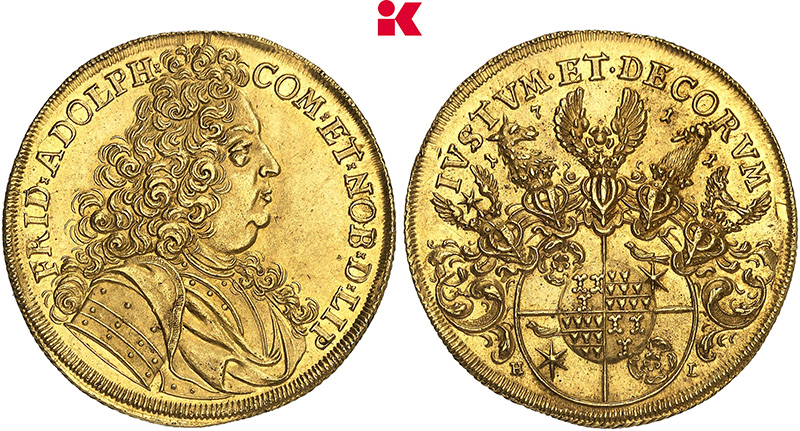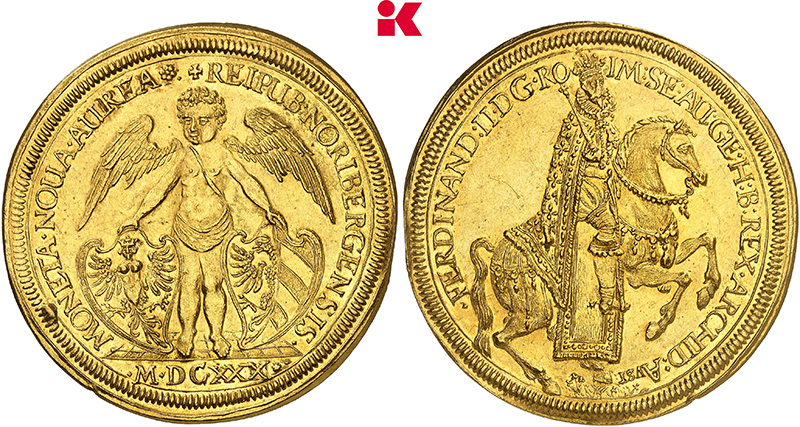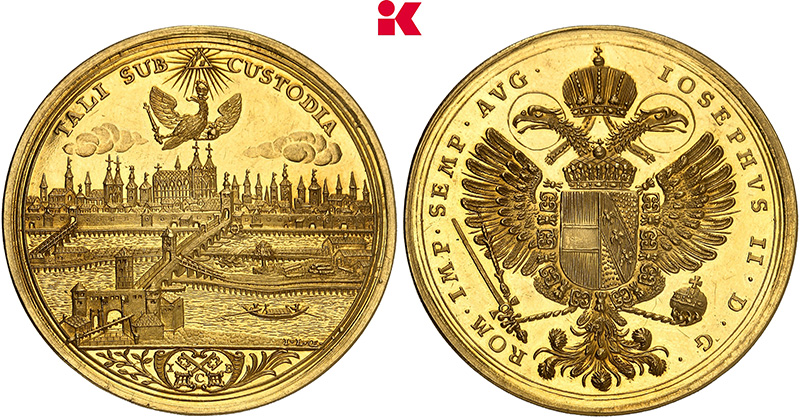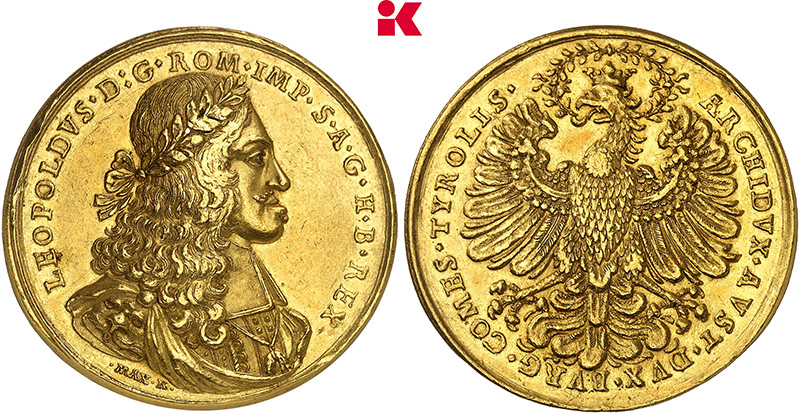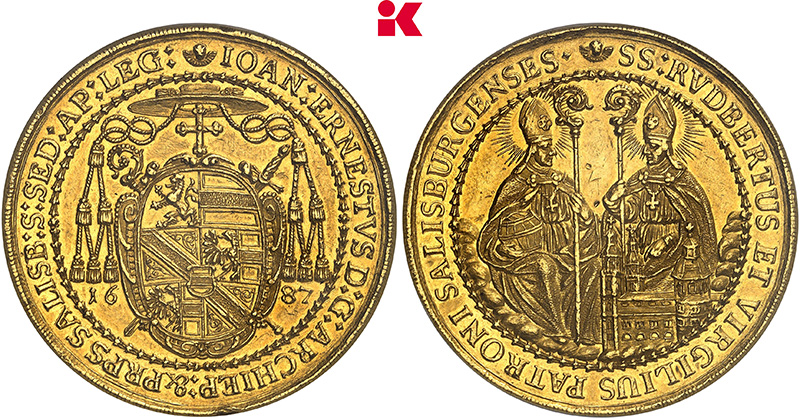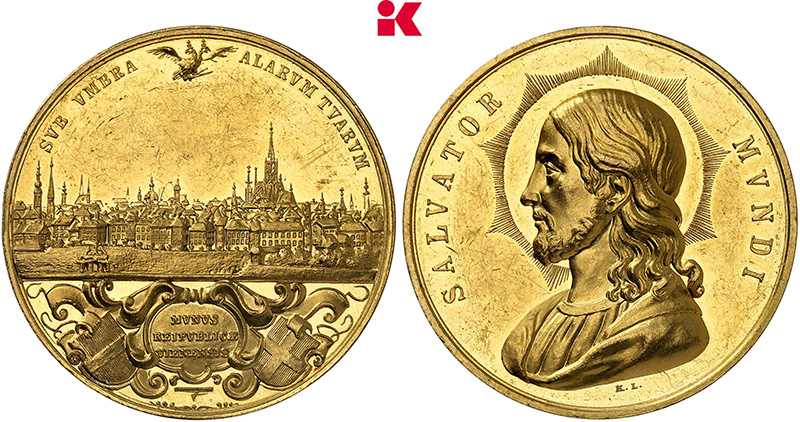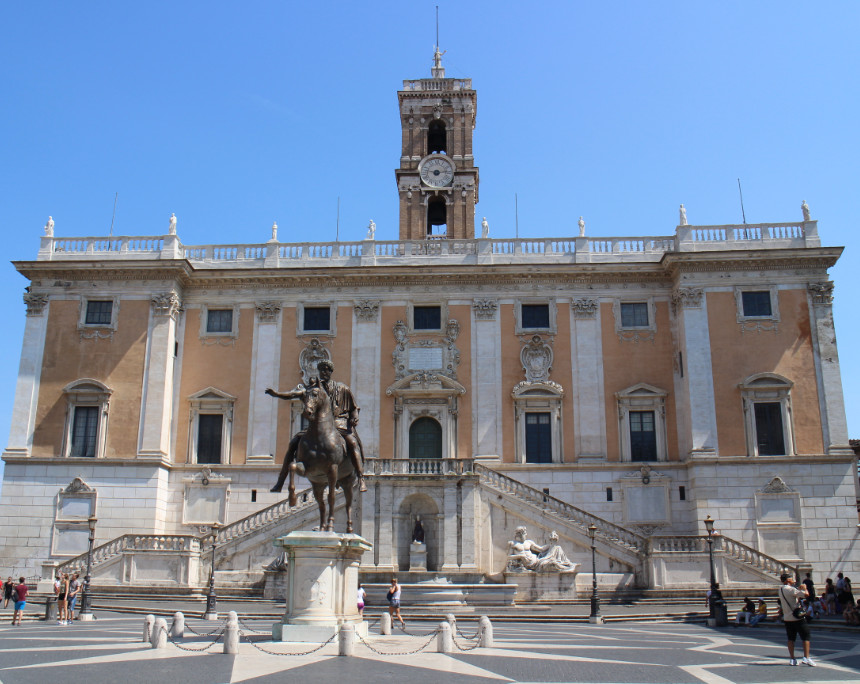Legal Head of Italian Culture Ministry: “Fiendishly Extensive” Proofs Bar Imports
By Valentina Tarquini
This article was first published in Cultural Property News on October 23, 2023.
An important statement on the importation of numismatic goods was issued in June 2023 by the legal department of the Italian Ministry of Culture. The statement endorses a more liberal interpretation of Article 72 of the Code of Cultural Heritage (Legislative Decree 42/2004). It affirms the protections that Italian law provides to individuals who purchase and own numismatic and other objects of cultural property.
Content
The question of how to interpret apparently conflicting Italian law regarding private ownership was submitted to the legal department at the Ministry of Culture by Italy’s Directorate General of the Department of Archaeology, Fine Art and Landscape. The resulting opinion, issued by noted legal scholar Antonio Tarasco, the head of the department, is non-binding. Nonetheless, it presents an unusual challenge to Italian authorities’ prevailing perspective, which holds that the Italian State’s claims to cultural heritage can supersede fundamental principles of citizens’ rights to private property.
Professor Tarasco’s analysis considers the law’s consistency with the principles of proportionality and reasonableness enshrined in the Italian law system. He notes that even in the 1980s, dealers and collectors did not ordinarily retain proofs of purchase. This would make it difficult if not impossible to meet the burden of proof under the law.
Professor Tarasco noted that there are competing views on the issue but that:
“Forcing citizens (be they collectors or professional numismatists who buy abroad) to provide (almost fiendishly extensive) proof of the legitimate origin of the coins they buy, which must even date back to before 1909 [when Italy’s patrimony law was passed], is ultimately making it more difficult to buy – and therefore import into Italy – significant numismatic material that may one day enter public collections.”
He added that, “If we look closely, we can see that this approach – even if applied with good intentions – will not result in Italy protecting its national cultural property, but rather losing it.”
The Italian Normative and Jurisprudential Framework
The question raised was how Italian authorities and courts should interpret Article 72 of Italy’s Cultural Property Act, given conflicting legal positions in the past. In analyzing the provisions of Professor Tarasco’s statement, it is useful to look at the normative and jurisprudential framework.
In general, according to Article 10.1 of Legislative Decree 42/2004, cultural property consists “in immovable and movable things belonging to the State, the Regions, other territorial government bodies, as well as any other public body or institution, and to private non-profit associations, which possess artistic, historical, archaeological or ethno-anthropological interest”. Cultural property also includes “things of numismatic interest which, in relation to the period, techniques and materials of production, as well as the context of reference, have the character of rarity or value” (Art. 10.4, lett. b).
It has been an established legal norm or standard that numismatic objects fit within this definition of “cultural property,” which includes rare or valuable objects that have been found underground or on the seabed. Ancient coins thus constitute things of archaeological interest ascribable to the State’s inalienable heritage and for which there is a presumption of public ownership (Articles 10 and 91, D. Lgs. 42/2004).
Over the years, the Court of Cassation has deemed numismatics objects to belong to the State, unless the private individual provided proof that: (1) ownership of the property was awarded by the Italian state as a discovery award; (2) the property had been given by the State; or (3) the property was acquired prior to the entry into force of Law No. 364 of 1909.
This results in a substantial inversion of the normal burden of proof: the private individual would have to prove that the ownership had acquired before 1909 or that possession derived from one of the grants of ownership by the State identified above (Cass. Pen. sent. No. 37861 of April 4, 2017).
Otherwise, the object is owned by the State.
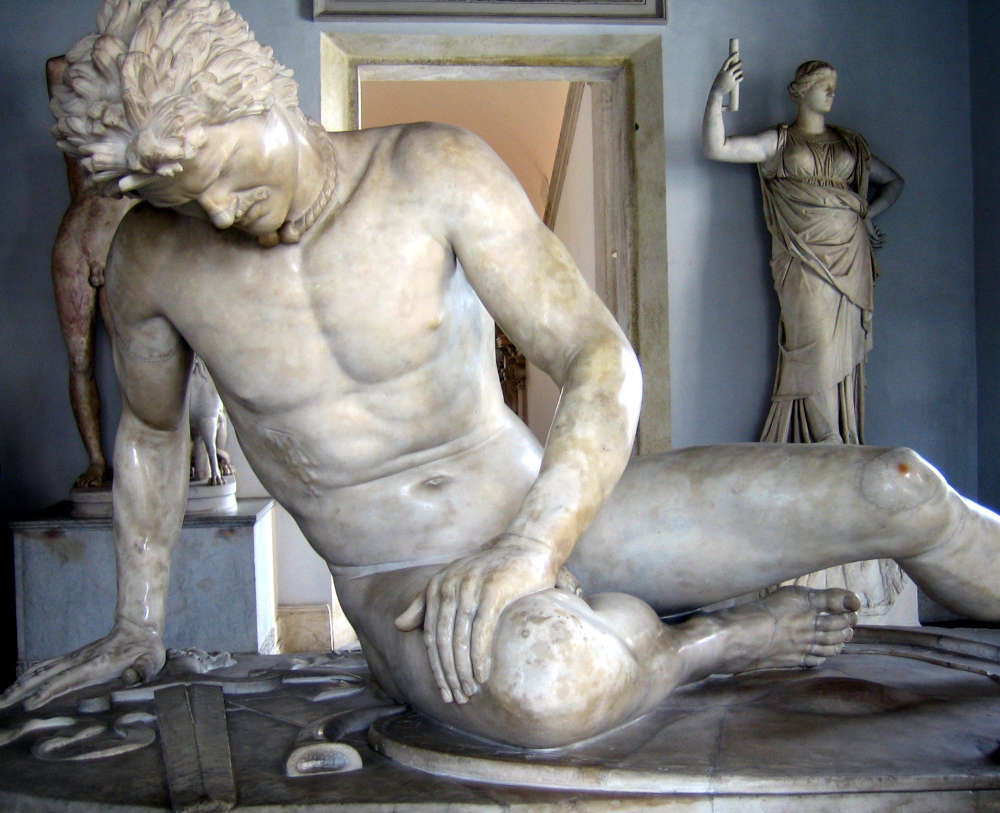
Many of the objects now in possession of the Italian state were formerly in private collections, like the famous Dying Gaul. This statue was acquired by Pope Clement XII from the Ludovisi family for the Capitoline collections. Image: antmosse via Wikimedia Commons / CC BY 2.0.
The Contrary Argument
The contrary argument, which was endorsed by Professor Tarasco, is that these requirements make meeting the burden of proof too difficult. The requirements for proof of ownership cannot be so rigorous, or they would violate Italian Constitutional norms.
This second line of reasoning admits the presumption that all movable property of archaeological interest (including ancient coins) belongs to the State. However, it finds that subjecting an individual owner to such a heavy burden of proof conflicts with Articles 24 and 42 of the Italian Constitution. This would not only be detrimental to the right to private ownership, but also unreasonable given the nature of coins, which as movable items have circulated over time from one hand to the other, and whose legitimacy of possession could otherwise be presumed. In part, this is because ancient movable goods/coins circulated for a long time without any documentation, and documentation was not compulsory during the time that they circulated.
This more liberal line of legal reasoning was supported by the Court of Cassation in 2021, when it held that the citizen should bear the burden of proving the lawful origin of the objects only in exceptional circumstances. (Cass. Pen. sent. No. 7131, May 4, 1999; Cass. Pen. sent. No. 45983, Dec. 15, 2021).
The Code of Cultural Heritage thus allows for the possibility of legal possession of cultural property by individuals, for which lawful possession must be presumed unless there is information or evidence that they have criminal provenance.
With regard to the importation of cultural property, Article 72 of Legislative Decree No. 42/2004 provides that the shipment or importation to Italy of cultural properties shall be certified by the export office. Shipment/importation certificates are issued if the importer can provide documentation sufficient to prove the object’s provenance from the foreign state. Such certificates are valid for five years and must be extended or the State may take possession of the object.
In order not to incentivize illicit archaeological excavation or the illegal trade that a more liberal interpretation of the regulatory framework might entail, the statement recalls that, pursuant to Article 72 of Legislative Decree 42/2004, the regular international circulation of cultural goods “shall be issued on the basis of documentation suitable for identifying the thing or the property and for proving provenance from the territory of the Member State or third Country from which the thing or property has been respectively shipped or imported.”
In particular, when faced with a request for the issuance of a certificate of shipment or importation, export offices should limit themselves to requesting from the private individual the documentation set forth in Article 72, without prejudice to the Customs authority’s power to activate the judicial authority if there are doubts about the validity and appropriateness of the documentation provided.
Final Considerations
Certainly, the interpretation provided by Professor Tarasco is more consistent with the principles of proportionality and reasonableness enshrined in the Italian legal system.
Among other things, as Tarasco sharply observed, promoting a more streamlined circulation of cultural goods in general, and numismatic goods in particular, ends up generating and developing new studies around the subject, as well as enriching the entire national heritage, since most of the collections exhibited in national museums come from donations or acquisitions from private individuals.
However, it is not surprising that in Italy, this statement has not raised much debate. Being non-binding in nature, it may have little or no consequence in practice, but it raises very important questions whether it is reasonable and proportional to place the burden of proof in such matters on the individual rather than the State.
The author Valentina Tarquini is an art consultant in Milan, Italy. She holds law and arts management degrees from Università Cattolica del Sacro Cuore in Milan.







